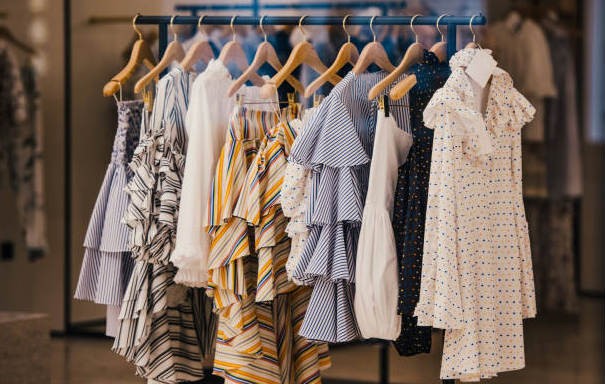The Evolution and Essence of Women’s Clothing
The Evolution and Essence of Women’s Clothing
Blog Article
Women's clothing is more than simply a requirement; it is a constantly evolving art which reflects the values of society individual expression and a particular cultural personal identity. Through the years, the fashions, materials, and purposes of women's attire have changed drastically, being influenced by the past, geography, and technological innovation. From lavish gowns of European royalty to the minimalist design of the modern day, women's clothing has always changed to reflect the changing role and needs of women's roles in society. The fashion industry today not only celebrates the diversity of its customers but also allows women to choose choices that express their unique value. Fashion for women is a constantly evolving and vital aspect of our cultural.
The background of women's clothes shows its relationship to social change and cultural values. In ancient civilizations, clothing often signified status, with intricate designs and rare fabrics reserved for royalty or the high-end. As societies evolved and women's clothing changed, adapting to shifting roles and requirements. The Victorian style emphasized modesty through lavish gowns. While the flapper dresses of the 1920s symbolized freedom and rebel. Each period brought distinct fashions that mirrored the values and conflicts of the day. The fashion of today is continuing this tradition mixing historical influence with contemporary trends to create an amalgamation of the past and present, reflecting the complexity of the lives of women today.
The cultural heritage of a country plays an important impact on the fashions women wear and clothing, revealing the values and traditions that are unique to different cultures. Traditional clothes like the Indian sari, Japan's kimono, and West Africa's boubou showcase exquisite craftsmanship and significance. They are usually filled with history as they tell tales of artistic regional excellence and pride. While traditional attire remains a cornerstone of cultural identity but it's also been adapted to be a seamless blend with modern styles. Modern interpretations of traditional attire let women celebrate their culture while taking advantage of the flexibility of modern fashions, which make these clothes as timeless as they are relevant.
The role of sustainability in women's fashion has increased dramatically in recent years, with the majority of women putting emphasis on environmentally conscious fashion choices. The shift in fashion is due to growing awareness of the impact on the environment of fashion trends and the desire for better ethical practices in the industry. Women are now embracing clothing made from organic products, recycled textiles, and natural dyes. Brands have responded by launching environmentally friendly lines that are focused on transparency, fair trade, and reducing consumption. Upcycling and thrifting have been gaining popularity and offer women different ways of curating the clothes they wear while decreasing their carbon footprint. The mindful approach to fashion is transforming the industry and empowering women to make choices that align with their values. To obtain added details kindly visit https://pavine.co.id/listproduct/style-korean/1
Women's empowerment through fashion has been a frequent motif throughout time. Fashion has frequently been a tool for challenging societal norms and redefining the roles of women. For instance, the adoption of pants by women at the beginning of the 20th century symbolized a push for gender equality and freedom. Today, the rise of body-positive fashion and the inclusion of sizing for women of all sizes and shapes to feel confident and represented. The fashion industry has transformed into a platform for self-expression, enabling women to embrace their individuality and celebrate diversity. express their beliefs and identity.
Clothing for women is a vital and vital part of the culture, history and self-expression. It is a medium by which women have traversed societal changes, celebrated their culture, and affirmed their uniqueness. Traditional clothing that honors traditional roots, to the latest environmentally-friendly designs that demonstrate a commitment to the planet, women's clothing continues to evolve alongside the roles and aspirations of women. As the industry embraces innovation, inclusivity, and ethical ways of doing business, it reinforces the long-standing relationship between fashion and empowerment. Ultimately, women's clothing is not just a piece of clothing, it is an enduring and vibrant display of the variety as well as the resilience and creativeness of women all over all over the globe.